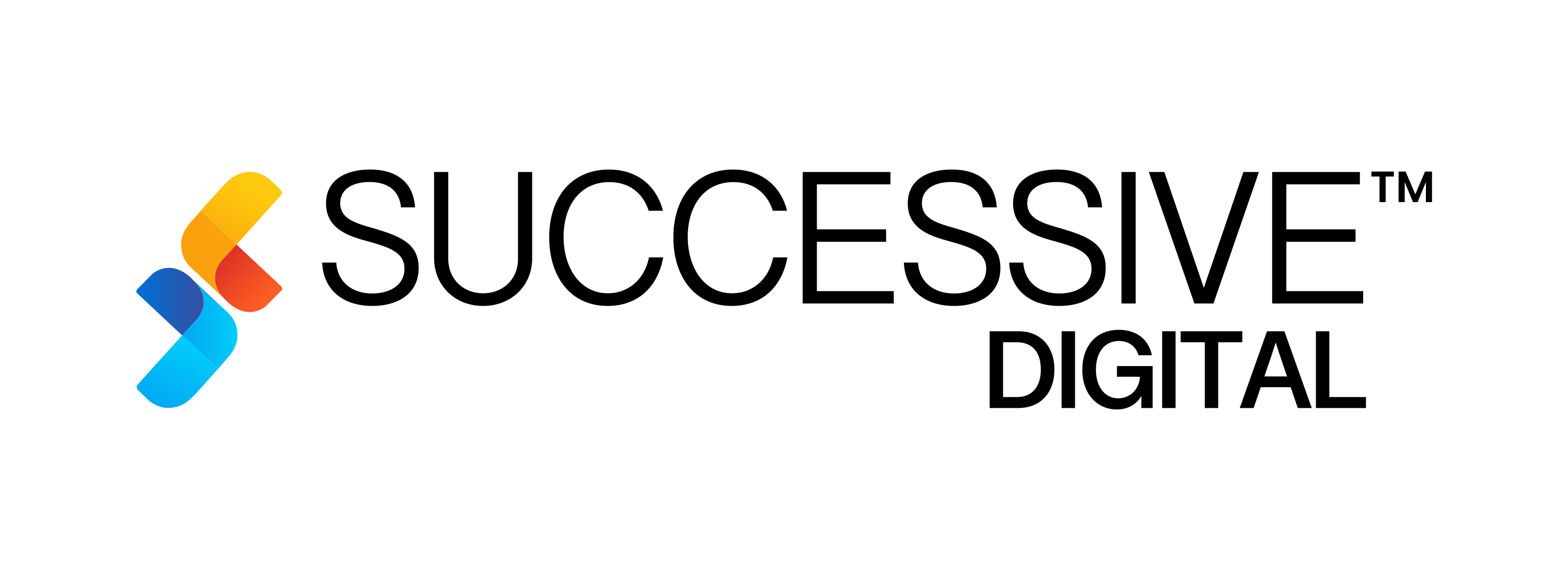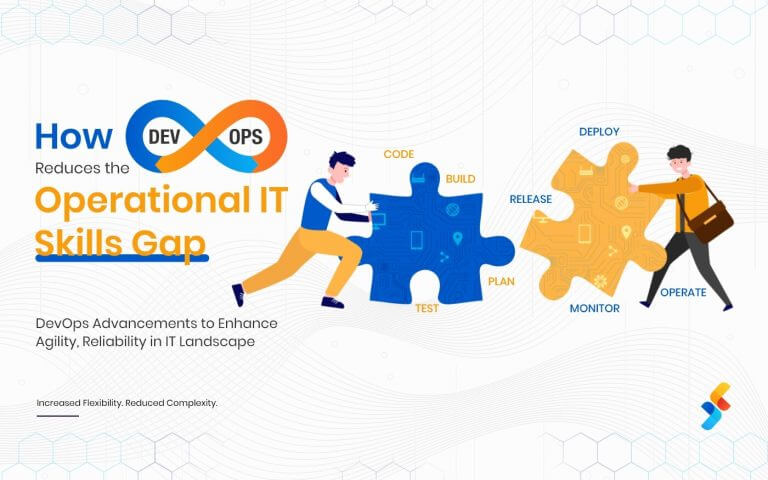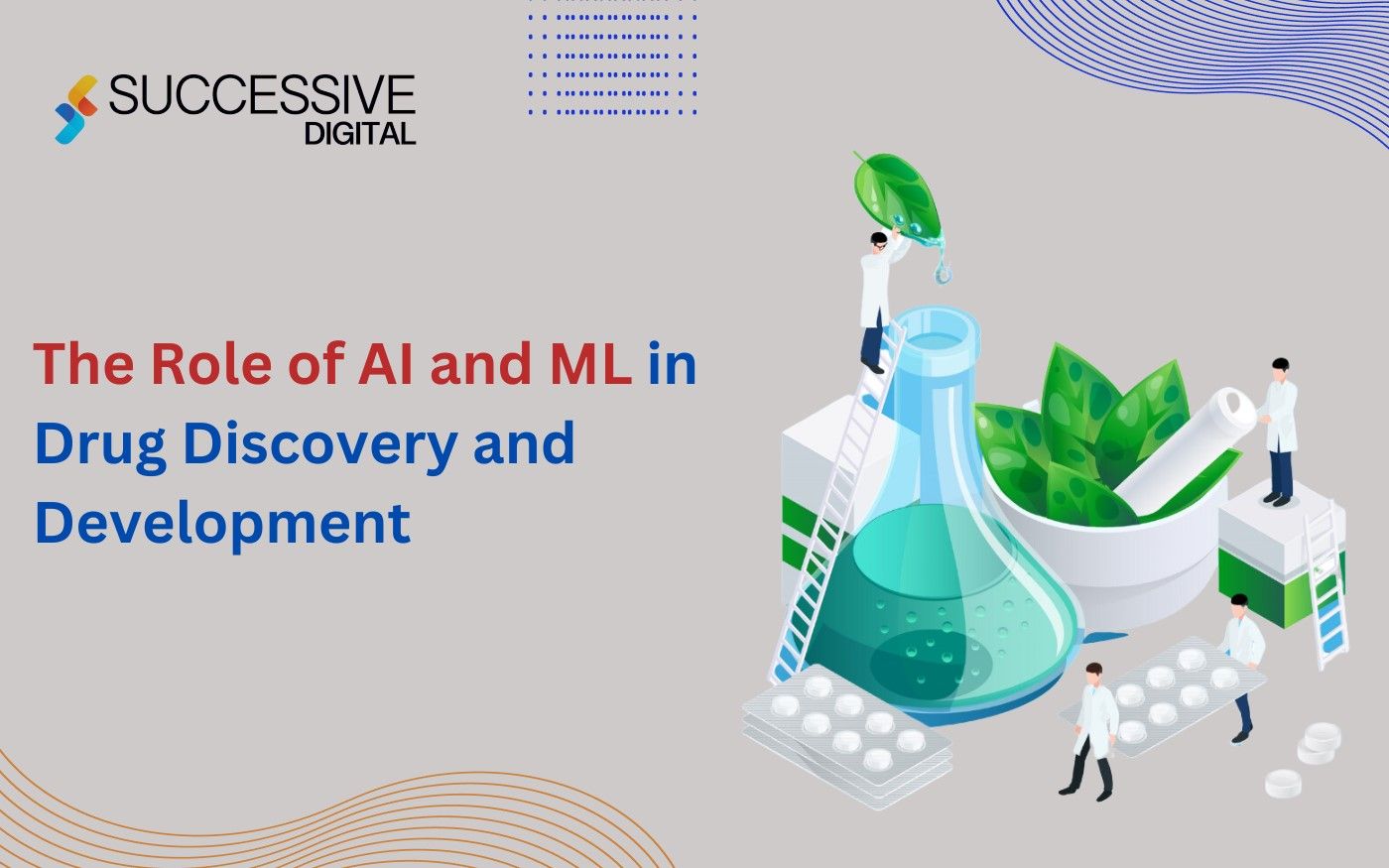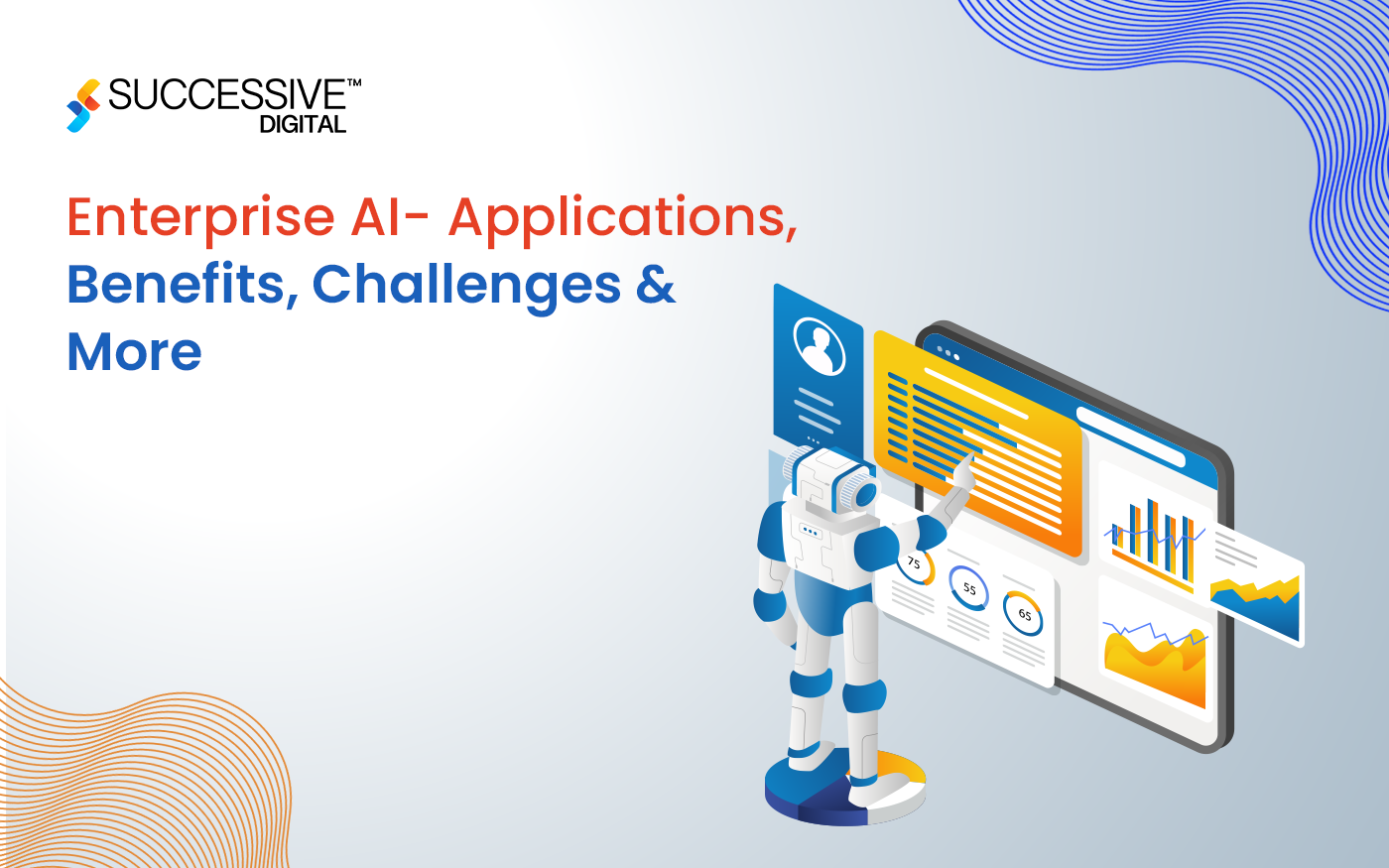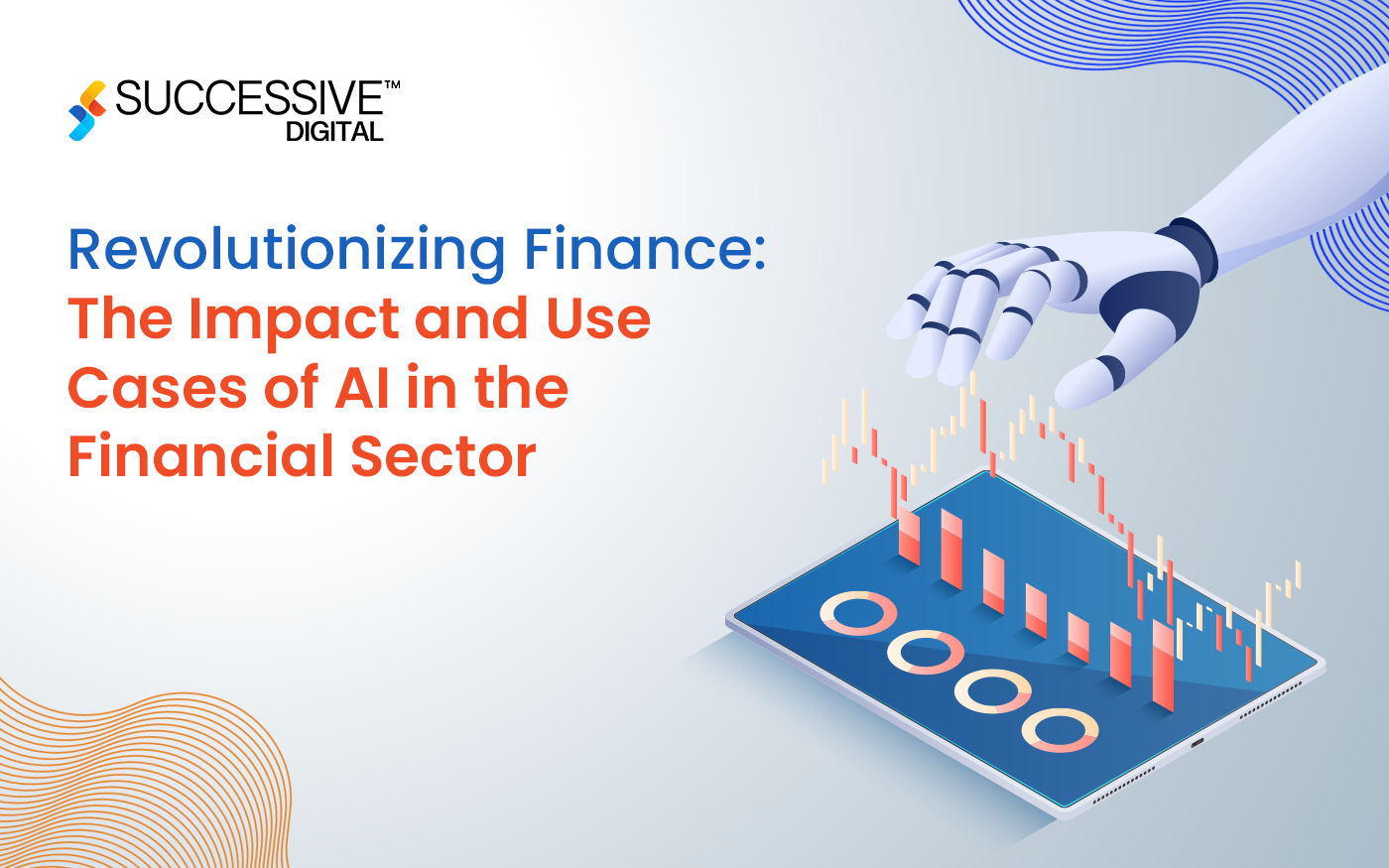Remember when customer service meant waiting on hold, listening to terrible music, and repeating your issue to three people? Those days are gone. Today’s enterprises aren’t just solving customer queries. They’re reimagining how conversations feel. With conversational AI chatbots, businesses are becoming intelligent, context-aware, and surprisingly similar to human interactions.
According to McKinsey, businesses that prioritize customer experience grow revenues 4% to 8% faster than their competitors. Meanwhile, companies investing in AI-driven support are improving efficiency and creating stronger customer loyalty. These bots don’t just answer—they understand. They learn from every interaction and get smarter with time, turning casual chats into meaningful outcomes.
But here’s the catch: not all chatbots are created equal. What works for a startup won’t scale for an enterprise—and putting a basic FAQ bot on your homepage? That’s not innovation—it’s a missed opportunity.
This playbook is your shortcut to doing it right. Whether you’re a CIO trying to streamline operations or a CMO focused on enhancing digital engagement, we’ll walk you through what it takes to build conversational AI that listens, learns, and delivers—at scale.
What Makes a Chatbot Enterprise Grade in 2025?
We should understand that not all chatbots are enterprise chatbots. If you’re still thinking about basic scripted flows, it’s time to upgrade. The 2025-ready, enterprise-grade chatbot is not just another plug-and-play tool. It’s an intelligent digital teammate built to handle complexity and improve experience and scalability.
So what sets it apart?
1. LLM-Based Foundations Over Rule-Based Flows
The shift from pre-defined workflows to large language model (LLM) architectures is foundational. Chatbots powered by models such as GPT-4, Claude, or Mistral operate with contextual reasoning, memory, and intent recognition that far surpass deterministic decision trees. These capabilities allow them to generate relevant, coherent responses even when confronted with unstructured or novel queries.
2. Handling Ambiguity, Emotion, and Real-Time Judgment
Human conversations are rarely linear or entirely rational. Customers may often express frustration, urgency, or uncertainty without explicitly stating their needs. An enterprise-grade chatbot must manage ambiguity, interpret emotional cues, and apply business logic to respond appropriately.
Forbes’ recent analysis highlights the emergence of sentiment-aware AI agents capable of detecting tone and escalating accordingly. This capability is growing in experience-driven sectors, where empathetic automation can serve as a differentiator.
3. Seamless Interfacing with Enterprise Systems
Enterprise-grade chatbots must be embedded within core business systems. This includes bidirectional integrations with CRMs, ERPs, HRISs, ITSMs, and datalakes. Chatbots gain productivity only when they can retrieve, update, and act on real-time enterprise data.
Without human intervention, this orchestration layer enables intelligent automation—resolving inquiries, triggering workflows, and enforcing policy. System integration is a primary barrier to scaling AI across the enterprise, making it a key evaluation point for any AI solution.
4. Security, Governance, and Observability by Design
Enterprises operating in regulated environments must ensure AI solutions are secure, auditable, and aligned with compliance mandates. An enterprise-grade chatbot must support:
- Role-based access control
- SOC 2 / HIPAA / GDPR compliance
- Data masking and encryption
- Logging, versioning, and observability tools to trace every interaction and decision
Without these controls, chatbot deployments are unlikely to pass internal risk assessments—let alone scale across sensitive functions like healthcare, finance, or legal.
5. Contextual Personalization and Brand Alignment
Finally, modern enterprise chatbots must be adaptable to user segments, brand voice, and use-case-specific logic. A legal advisory bot must operate differently than a retail support agent, even if the same LLM backend powers both.
Enterprise platforms today support fine-tuning, prompt engineering, and persona modeling to ensure that AI delivers accurate information in a tone and format aligned with business and audience expectations.
What are the Features of Enterprise Chatbot?
As enterprises scale digital experiences, the role of AI-powered chatbots is no longer limited to handling FAQs or routing support tickets. Today, enterprise-grade chatbots function as intelligent frontlines—listening actively, learning continuously, and delivering meaningful outcomes across departments and customer journeys. We have jotted down the must-have features for any chatbot operating within complex enterprise ecosystems:
1. Context Retention and Dynamic User Profiling
Unlike basic bots that treat each interaction in isolation, enterprise-grade chatbots are designed to remember. They retain contextual data across sessions—capturing user intent, historical actions, preferences, and sentiment over time. This context retention allows for more coherent multi-turn conversations and personalized experiences.
Dynamic user profiling plays a key role in this. As noted by McKinsey, personalization driven by contextual AI can increase customer engagement rates by 20% and reduce churn significantly. In a support scenario, the bot doesn’t just respond—it knows the user, adapts to their history, and speaks their language.
2. Enterprise-Grade Security and Compliance Infrastructure
Security is not optional—it’s foundational. A chatbot that handles sensitive customer data, internal workflows, or financial transactions must be equipped with:
- Role-Based Access Control (RBAC): Ensuring users and agents access only what they’re authorized to.
- Audit Logs: Capturing every interaction and chatbot’s decision for compliance and risk analysis.
- Regulatory Compliance Readiness: Aligning with standards such as SOC 2, HIPAA, GDPR, and industry-specific mandates.
3. Omni-Channel Presence Across Key Communication Platforms
Enterprise customers and employees aren’t confined to a single channel—and neither should your chatbot be. Whether on a company’s website, a mobile banking app, WhatsApp, Slack, or Microsoft Teams, the chatbot must offer a seamless experience across platforms.
This isn’t just about availability; it’s about continuity. If a customer starts a query on a website and continues it via a mobile app, the conversation must carry forward—context intact.
4. Real-Time Analytics, Feedback Loops, and Training Data Generation
An enterprise chatbot should be more than just reactive—it should continuously learn. Built-in analytics dashboards track performance metrics such as:
- Intent recognition accuracy
- Completion rates
- Escalation frequency
- User sentiment
These insights power real-time feedback loops. With human-in-the-loop interventions and retraining pipelines, organizations can fine-tune the chatbot based on live data—closing performance gaps and identifying emerging user needs.
This feature transforms the chatbot into a strategic learning engine, not just a service utility.
5. Multilingual Support with Cultural and Regional Intelligence
Enterprises with global footprints must serve linguistically and culturally diverse audiences. Native support for multiple languages is table stakes. What differentiates enterprise-grade chatbots is how well they interpret linguistic nuance, tone, phrases, and regional expectations.
For example, how humor or urgency is conveyed in Brazilian Portuguese differs sharply from formal French or Korean. AI systems trained on culturally nuanced datasets see far higher engagement in localized deployments.
Whether for internal HR bots in multilingual teams or customer-facing support across continents, cultural intelligence differentiates between an understood chatbot and one that feels human.
Want to integrate a conversational chatbot into your existing systems? Schedule a Discovery Call
Where Enterprises Are Winning With Chatbots?
|
Customer-Facing |
Internal Operations |
|
|
Conversational AI Trends in 2025
2025 is about building intelligent agents and context-aware systems acting as digital teammates. Digital allies that can understand, reason, and execute tasks within the enterprise system.
Here’s how conversational AI is maturing in practice and principle; let’s have a look at the top key trends of conversational AI in 2025:
1. Ethical AI and Explainable Systems Become Standard
With AI being adapted widely, businesses are expected to ensure that AI systems operate transparently, ethically, and in compliance with regulatory norms. Chatbots must deliver accurate outputs with a justification of how they are delivered.
Explainable systems are not optional now. Businesses need conversational systems that justify decisions, especially in high-priority cases like financial advisory, patient support, or employee relations. As regulatory scrutiny increases globally, organizations reevaluate how their AI models handle sensitive data, mitigate bias, and offer traceable decision paths.
2. Conversational Agents Transition Into Autonomous AI Workers
The new generation of chatbots is task-driven agents capable of acting independently. Unlike traditional bots that wait for user input, these AI systems can proactively retrieve data, trigger backend processes, and collaborate across systems.
For example, an AI assistant in IT operations can detect anomalies, log incidents, and even initiate resolution workflows without human intervention. Similarly, in customer service, an agent can retrieve order status, update a shipping address, and initiate refunds—without escalating to a live representative.
3. Domain-Specific Intelligence Takes Priority Over Generic Models
Large Language Models (LLMs) are good at holding conversations but fall short when precision, compliance, and business context matter. In 2025, enterprises will adopt tailored AI systems for their specific domains—banking, retail, manufacturing, or healthcare.
This shift means chatbots are now built with custom ontologies, enterprise taxonomies, and deep knowledge of industry-specific terms and workflows. For instance, a healthcare chatbot understands medical coding, consent policies, and triage logic, while a financial chatbot recognizes product portfolios, regulatory language, and KYC processes.
4. Verticalized Conversational AI Solutions Gain Enterprise Preference
Rather than building custom solutions from scratch, enterprises increasingly turn to vertical-specific platforms that come pre-integrated with the tools and workflows they already use. Custom PoCs are becoming so popular these days—here is the PoC we built for the BFSI industry.
These solutions are designed to address specific industry challenges. A banking AI assistant may be ready to plug into core banking systems and risk engines. A retail chatbot can be pre-trained on product taxonomies, catalog structures, and promotional logic. A healthcare virtual agent can offer secure integrations with EHR systems and appointment schedulers. This verticalization reduces deployment friction and ensures faster alignment with business outcomes.
Building AI Tutors for K12 Students
Stride, Inc., a leading EdTech company, partnered with Kagen AI/Successive Digital to develop a Generative AI-powered Conversational Tutor to enhance academic support for K-12 students. Built on AWS infrastructure and fine-tuned GPT-4 models, the solution enables real-time, personalized tutoring through natural language conversations. It integrates contextual learning using historical data, fosters analytical thinking with discussions and exercises, and supports students with research, citations, and problem-solving. The AI tutor also connects seamlessly with existing curricula, offers progress tracking, and includes a subscription-based AI Learning Hub with human support when needed.
The solution led to:
- 90% boost in real-time backing
- 70% improved engagement
- 60% enhanced learning experience
Read more here!
Need an end-to-end chatbot integration partner? Let’s Build It Together
Conclusion
Conversational AI is one of the most sought-after solutions for 2025. Conversational AI solutions are not just automation; they can deliver proactive customer outreach, reducing human-assisted volumes and costs while improving the customer experience. Even if your enterprise is on all social media channels, you can easily integrate conversational AI-powered solutions everywhere. Done right, these solutions can bring significant value to the business. They create an intelligent circle for better customer service, higher satisfaction, and improved customer engagement. You can envision the future of excellent customer service delivery with conversational AI-powered solutions while defining the strategic value to attain. If you want to build a customized conversational AI solution, contact us today!

